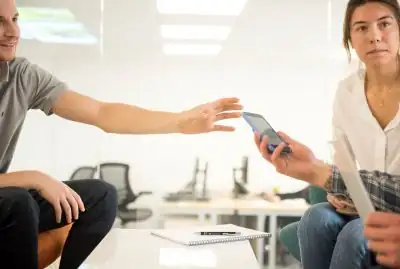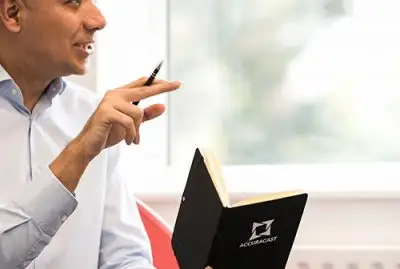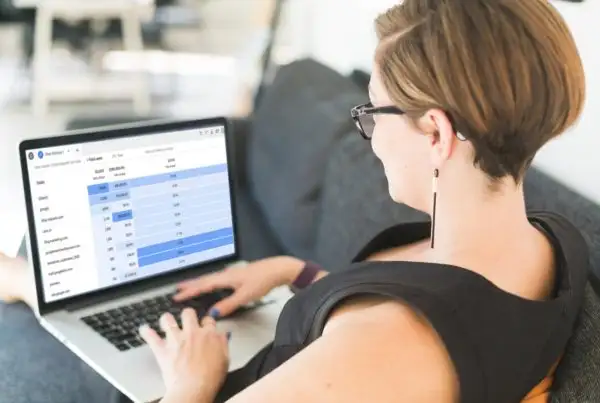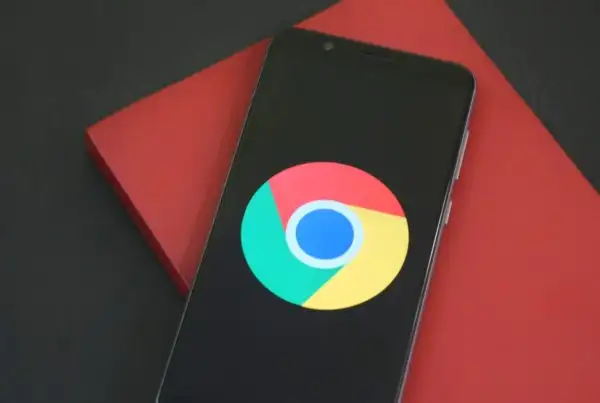A study report recently published in the periodical ‘Nature‘ proves that humans are creatures of habit. While this is certainly not news, what is surprising is the fact that mobile phones were used to prove this point.
Dr. William Webb, head of research and development at Ofcom said that data from mobile phones can be used to study various things, and this is just the beginning. For instance this data can help prevent epidemics of infectious diseases or traffic jams.
The current study found that most people usually move around within a 10 kilometer area.
Researchers at Northeastern University in Boston, MA think that if all mobile users submitted data to the research labs at leading universities, it would provide a lot of useful information.
GPS surveys have earlier been used to track human activity, but this is an expensive process. The movement of dollar bills has also been used to track human movements, using information from experiment sites such as wheresgeorge.com – the study showed that human beings move about randomly – but since money exchanges hands frequently, the results of the experiment were not very reliable.
The study involving mobile phones covered about 100,000 people from across Europe. Each subject’s location was recorded every time he/she made or received a phonecall, through the mobile base station from where the call was relayed. All participants’ anonymity was well guarded by means of security codes. Also, the exact location of the person was not traceable as each mobile tower serves an area of almost 3 square km.
Patterns began to emerge within the first 3 months of the 6-month experiment. Professor Albert-Laszlo Barabasi, who was working with the team, says that most people move only between 5-10 km. Some people however move hundreds of kilometers regularly.
Power Law distributions
Movements of most people follow a pattern known as the Power Law, which is also commonly called the 80/20 rule. In other words, the vast majority of people move within a small radius but a fraction of the general population travels a lot, and contributes to the bulk of travellers worldwide.
Another significant revelation from this study was that people return to the same places repeatedly. According to Barabasi, this is good because, model builders can follow a basic rule book. “The intrinsic similarity between individuals is very exciting and it has practical applications.” This information could be used to monitor the spread of contagious diseases such as Avian flu, and help traffic planners.
Uses of mobile movement tracking
Mobile phones have been used to construct a real time model of traffic in Rome, and Microsoft is working on a project to help people select the ideal route to work. The methods employed by this experiment can also help the police to track criminals, and parents to keep tabs on their children.
Projects and services, such as this one, that rely on sensors on mobile handsets are bound to increase with time, and it will certainly be easy for miscreants to misuse this facility by stalking people. The concerned authorities will have to be extremely cautious before providing the public easy access to such services.
About the Author
Farhad is the Group CEO of AccuraCast. With over 20 years of experience in digital, Farhad is one of the leading technical marketing experts in the world. His specialities include digital strategy, international business, product marketing, measurement, marketing with data, technical SEO, and growth analytics.










